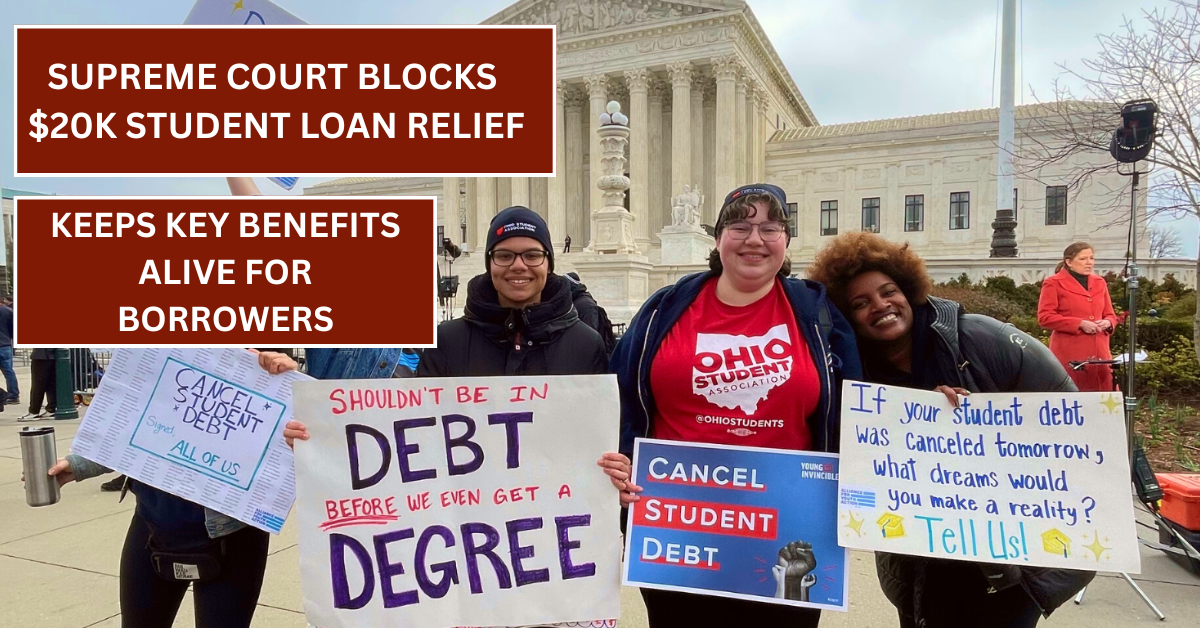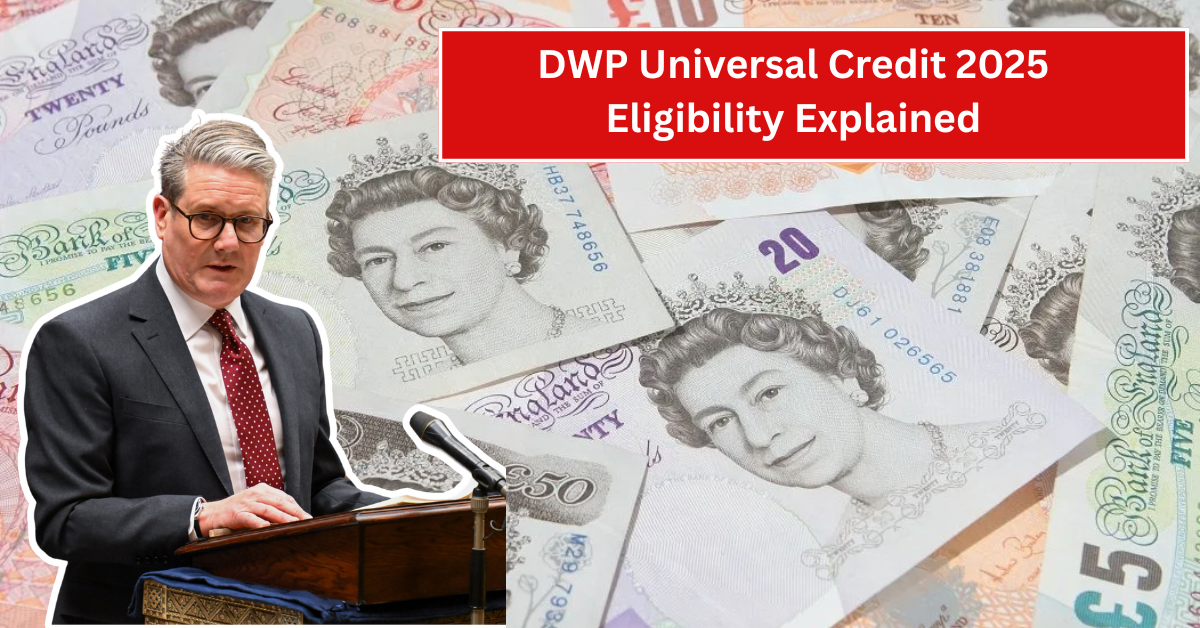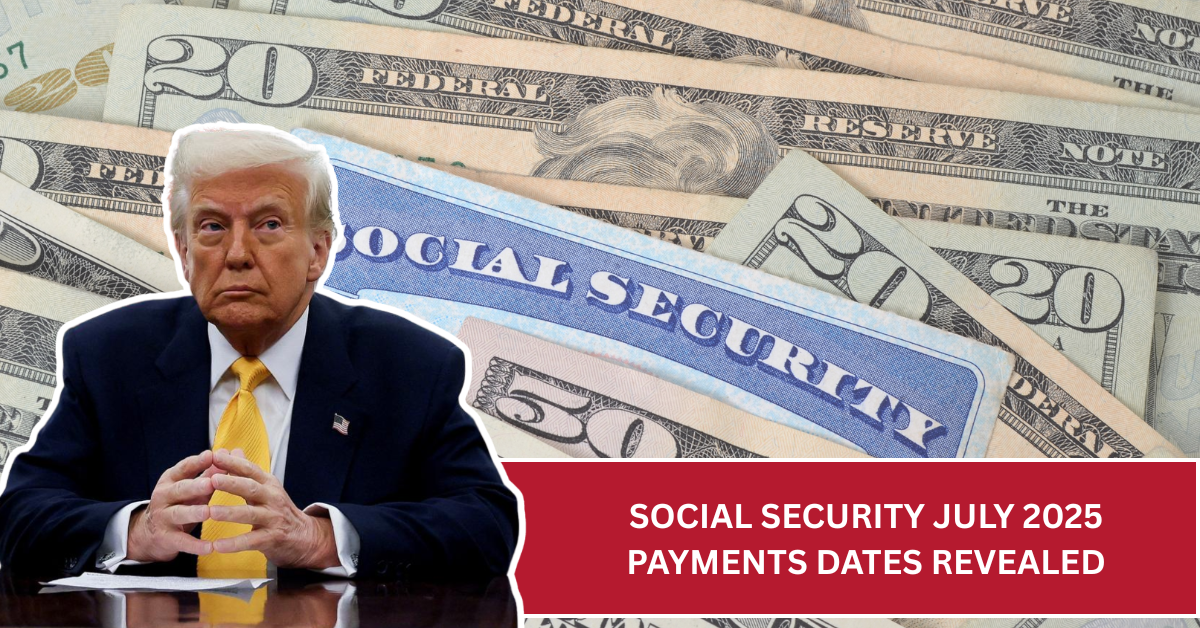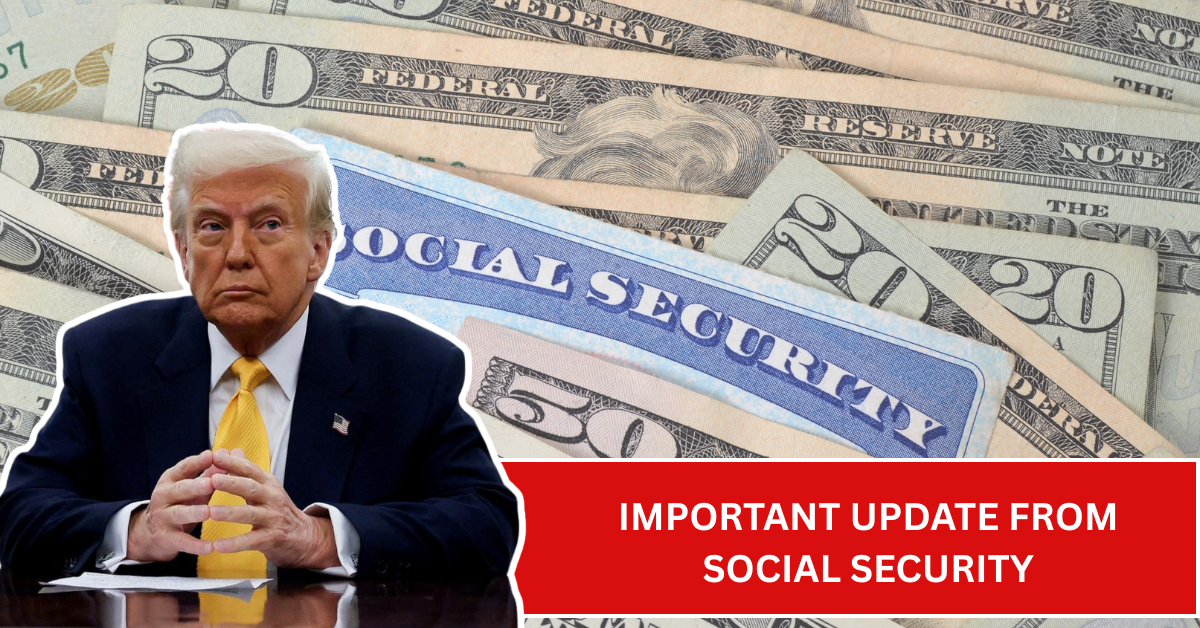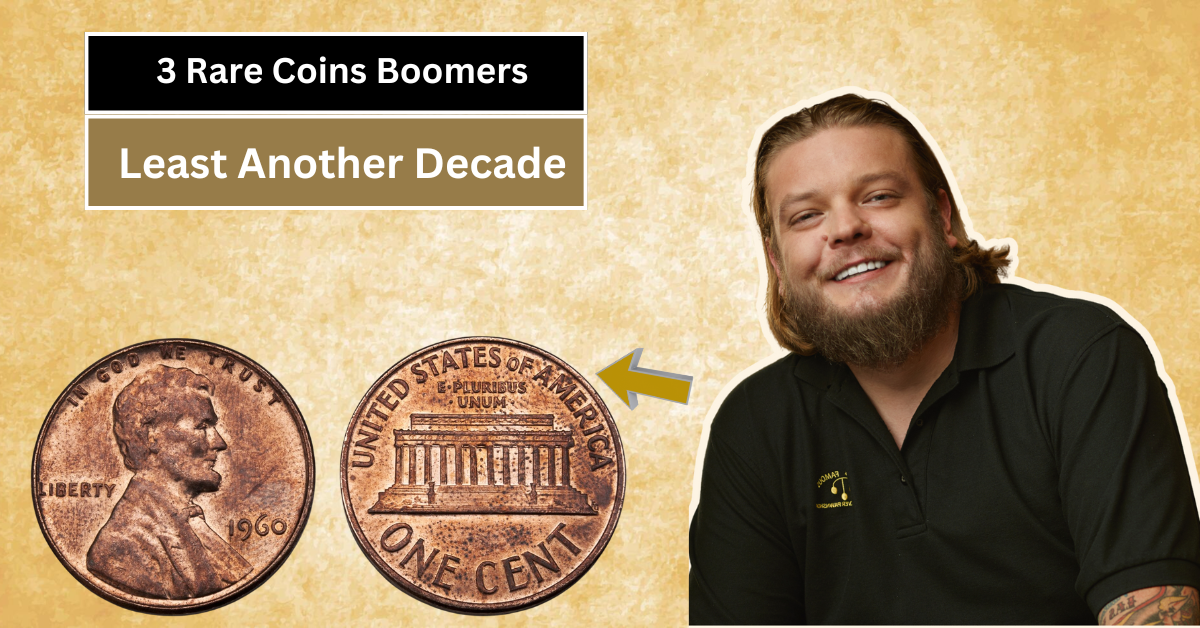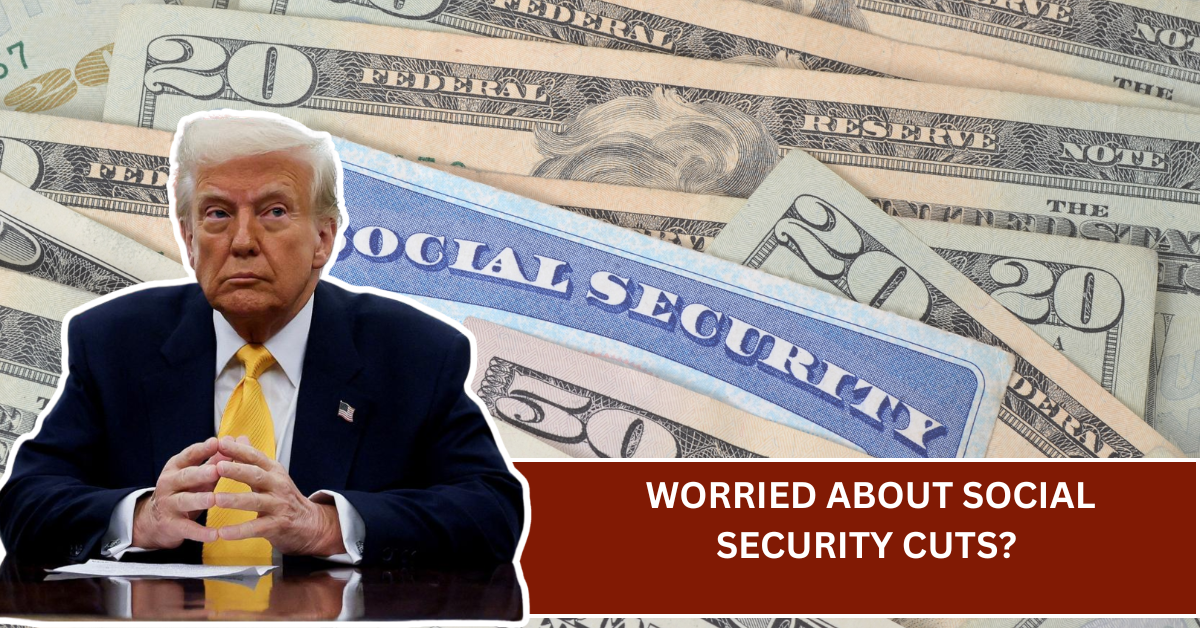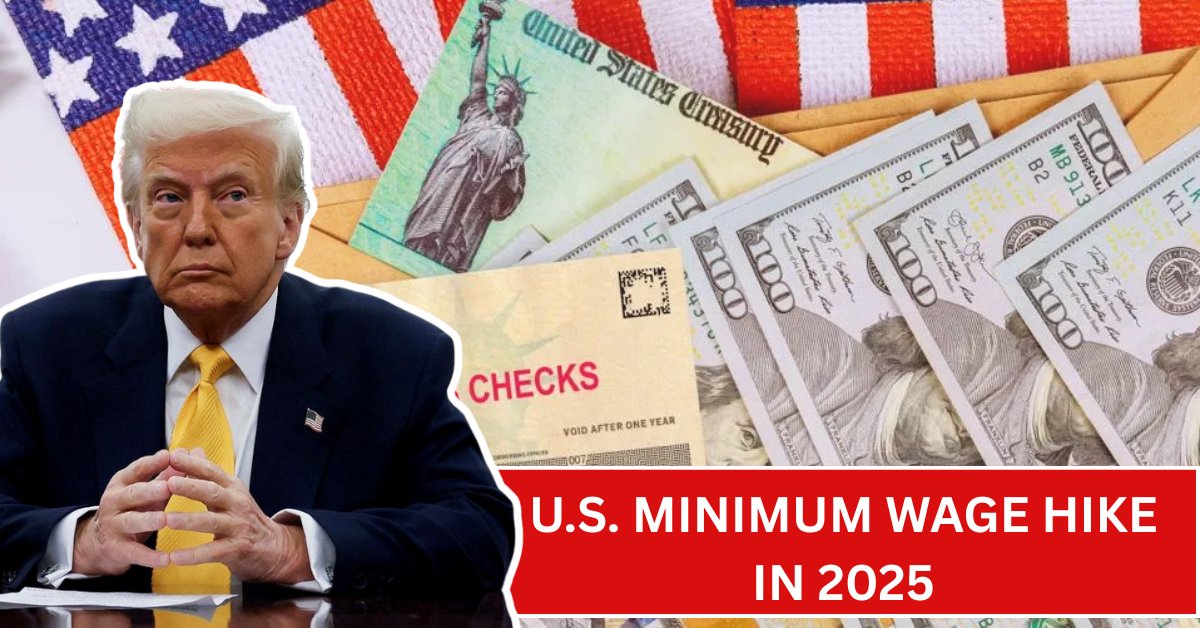
The U.S. government has announced an important change for workers across the country—a minimum wage increase starting in 2025. This decision aims to help millions of workers earn more for their hard work, improve living standards, and reduce poverty. If you are curious about who will benefit and how much extra money you might get, this article breaks it down clearly for you.
Whether you are a student, part-time worker, or someone planning to work in the U.S., understanding the new minimum wage rules is essential. This increase could affect your paycheck and lifestyle in many positive ways. Let’s explore the details, who qualifies, and how it could impact your earnings in the coming year.
What Is the New Minimum Wage for 2025?
This Article Includes
- 1 What Is the New Minimum Wage for 2025?
- 2 Who Benefits from the Minimum Wage Increase?
- 3 How Much More Will You Earn After the Hike?
- 4 Does the Increase Apply Everywhere in the U.S.?
- 5 How Will This Affect Employers and Businesses?
- 6 What Does This Mean for Young and Part-Time Workers?
- 7 How Will This Affect Inflation and Living Costs?
- 8 How Can Indian Readers Relate to the U.S. Minimum Wage Hike?
- 9 Conclusion: What Should You Do Next?
The federal minimum wage will increase to $15 per hour in 2025. This is a significant rise from the current $7.25, which has not changed since 2009. This increase means the minimum wage will more than double, benefiting many low-income workers who rely on hourly pay.
Some states already have higher minimum wages than the federal level. For those states, the new federal rate might not affect workers directly, but in states following the federal standard, this change will bring a much-needed boost to salaries.
Who Benefits from the Minimum Wage Increase?
Low-wage workers will benefit the most from the hike to $15 per hour. This includes workers in retail, food service, cleaning, and other hourly jobs. Young people working part-time jobs can also see their income increase.
Small business employees and workers in rural or underdeveloped areas may feel the positive impact more than others. The increase aims to help reduce poverty and encourage better quality of life for millions of Americans.
How Much More Will You Earn After the Hike?
If you currently earn the minimum wage of $7.25 per hour, your earnings will more than double with the increase to $15 per hour. For example, working 40 hours a week at $15 means earning $600 before taxes, compared to $290 at the old rate.
This increase can make a big difference in monthly or yearly income. Over a year, the difference amounts to about $16,520 more, which can help with better housing, food, and savings.
Does the Increase Apply Everywhere in the U.S.?
The new $15 federal minimum wage is the baseline, meaning states and cities can pay higher wages if they want. Some states like California, New York, and Washington already pay more than $15 an hour. They will continue with their own laws.
In contrast, states with minimum wages lower than $15 will have to raise their rates to at least $15 per hour. Areas with different rules, like tipped workers who earn less, may also see changes but under specific guidelines.
How Will This Affect Employers and Businesses?
Employers will have to pay their workers more, which might increase their costs. Some businesses might adjust by raising prices, reducing worker hours, or investing in technology to save money. However, many experts believe that better wages lead to happier and more productive employees.
Small businesses may face challenges, but the wage hike also means workers will have more money to spend, potentially boosting local economies as demand for goods and services increases.
What Does This Mean for Young and Part-Time Workers?
Young workers and students who rely on part-time jobs will see better wages and more financial independence. This change can help cover education, travel, or basic living expenses, making part-time employment more rewarding.
However, some part-time or entry-level jobs might become harder to find if employers hire fewer workers due to increased costs. Still, the overall benefit of higher pay can outweigh these challenges for many.
How Will This Affect Inflation and Living Costs?
When minimum wages go up, it can sometimes lead to higher prices in shops and restaurants because businesses need to cover their expenses. This is called inflation. However, the goal is to balance fair wages with reasonable prices, so people do not lose purchasing power.
Increasing the minimum wage helps workers keep up with rising living costs, especially in expensive cities. It is a step toward making sure that working people can afford basic needs like food, rent, and transportation.
How Can Indian Readers Relate to the U.S. Minimum Wage Hike?
Many Indians working or planning to work in the U.S. need to understand how these changes affect their earnings. Even if you are studying or working part-time, the increase in minimum wage means a chance for better income and improved quality of life.
For families sending money back to India, this wage boost can mean increased remittance amounts, supporting loved ones at home. It also sets an example of wage policies that other countries, including India, may study when considering minimum wage adjustments.
Conclusion: What Should You Do Next?
If you are working or planning to find a job in the U.S. in 2025, keep an eye on minimum wage laws in the state where you live. Understand how this hike might affect your salary and job opportunities. Prepare to take advantage of the benefits by improving your skills and looking for better-paying jobs.
The increase in minimum wage is a positive move to help millions of workers. It means fairer pay, better living standards, and the chance for a brighter future. Stay informed and ready to make the most of this change.




